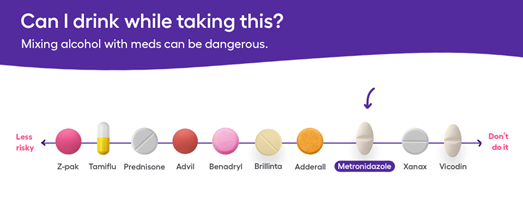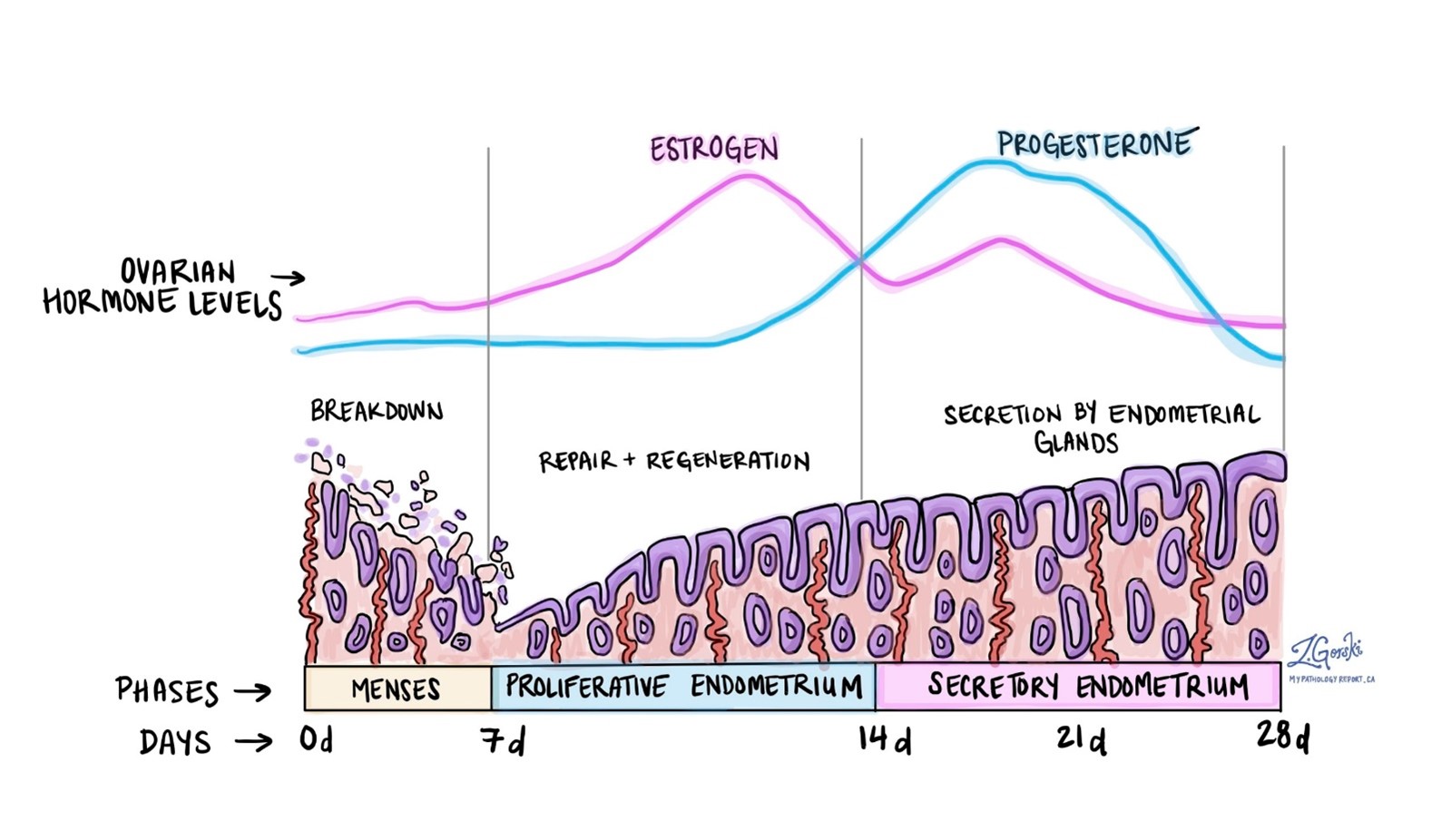A client with trichomoniasis is to receive metronidazole. What should the nurse instruct the client to avoid while taking this drug?
Caffeine
Chocolate
Nicotine
Alcohol
The Correct Answer is D
Choice A: Caffeine is not the correct answer because it does not interact with metronidazole. Caffeine is a stimulant that can increase alertness, energy, and heart rate. However, it has no effect on the effectiveness or side effects of metronidazole.
Choice B: Chocolate is not the correct answer because it does not interact with metronidazole. Chocolate is a food that contains caffeine, sugar, and fat. However, it has no effect on the effectiveness or side effects of metronidazole.
Choice C: Nicotine is not the correct answer because it does not interact with metronidazole. Nicotine is a substance that can be found in tobacco products, such as cigarettes, cigars, or chewing tobacco. However, it has no effect on the effectiveness or side effects of metronidazole.
Choice D: Alcohol is the correct answer because it interacts with metronidazole. Alcohol is a substance that can be found in beverages, such as beer, wine, or liquor. It can cause a severe reaction when combined with metronidazole, resulting in symptoms such as nausea, vomiting, headache, flushing, and palpitations. Therefore, the nurse should instruct the client to avoid alcohol while taking metronidazole.

Nursing Test Bank
Naxlex Comprehensive Predictor Exams
Related Questions
Correct Answer is D
Explanation
Choice A: Menstrual is not the correct answer because it is the phase when estrogen levels are lowest. The menstrual phase occurs when the endometrium (the lining of the uterus) is shed along with blood and mucus through the vagina.
Choice B: Ischemic is not the correct answer because it is the phase when estrogen levels are decreasing. The ischemic phase occurs when the blood supply to the endometrium is reduced due to vasoconstriction (narrowing of blood vessels). This phase prepares the endometrium for shedding if fertilization does not occur.
Choice C: Secretory is not the correct answer because it is the phase when progesterone levels are highest. The secretory phase occurs when the endometrium becomes thick and spongy due to increased secretion of mucus and glycogen (a form of sugar). This phase provides a suitable environment for implantation if fertilization occurs.
Choice D: Proliferative is the correct answer because it is the phase when estrogen levels are highest. The proliferative phase occurs when the endometrium regenerates and grows due to increased stimulation by estrogen. This phase prepares the endometrium for implantation if fertilization occurs.

Correct Answer is ["B","C","D","E"]
Explanation
Choice A: Rectal incontinence is not the correct answer because it is not a disorder related to pelvic organ prolapse. Rectal incontinence is a condition that causes loss of control over bowel movements, resulting in leakage of stool or gas. It can be caused by various factors, such as nerve damage, muscle weakness, or diarrhea.
Choice B: Rectocele is the correct answer because it is a disorder related to pelvic organ prolapse. Rectocele is a condition that occurs when the rectum bulges into the vagina due to weakening of the pelvic floor muscles and connective tissue. It can cause symptoms such as constipation, difficulty emptying the bowel, or a feeling of pressure or fullness in the vagina.
Choice C: Urinary incontinence is the correct answer because it is a disorder related to pelvic organ prolapse. Urinary incontinence is a condition that causes loss of control over urination, resulting in leakage of urine or urgency to urinate. It can be caused by various factors, such as stress, urge, overflow, or mixed types of incontinence.
Choice D: Cystocele is the correct answer because it is a disorder related to pelvic organ prolapse. Cystocele is a condition that occurs when the bladder bulges into the vagina due to weakening of the pelvic floor muscles and connective tissue. It can cause symptoms such as frequent urination, difficulty emptying the bladder, or a feeling of pressure or fullness in the vagina.
Choice E: Enterocele is the correct answer because it is a disorder related to pelvic organ prolapse. Enterocele is a condition that occurs when the small intestine bulges into the vagina due to weakening of the pelvic floor muscles and connective tissue. It can cause symptoms such as lower back pain, pelvic pressure, or difficulty having bowel movements.
Whether you are a student looking to ace your exams or a practicing nurse seeking to enhance your expertise , our nursing education contents will empower you with the confidence and competence to make a difference in the lives of patients and become a respected leader in the healthcare field.
Visit Naxlex, invest in your future and unlock endless possibilities with our unparalleled nursing education contents today
Report Wrong Answer on the Current Question
Do you disagree with the answer? If yes, what is your expected answer? Explain.
Kindly be descriptive with the issue you are facing.
